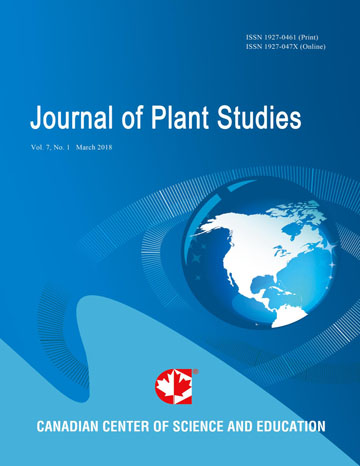Moringa oleifera Lam.: A Biofunctional Edible Plant from India, Phytochemistry and Medicinal Properties
- V. N. Pandey
- Vandana Chauhan
- V. S. Pandey
- P. P. Upadhyaya
- Olga R. Kopp
Abstract
Moringa oleifera is a versatile horticulture tree with important medicinal, nutritional and industrial applications, widely distributed and used in India. The Moringa tree originated in India and was introduced to Africa from India and other countries as a health supplement. Almost all parts of the plant have shown nutritional value and are used in India for a variety of food preparations. In India, M. oleifera leaves are available in powder to treat mild malnourishment in children. About all parts like leaves, seeds and pods are used as vegetables. Phytochemicals such as flavonoids, tannins, triterpenoids, saponins, flavonoids, anthraquinones, alkaloids and others, are responsible for the medicinal value of this plant. This species is rich in protein, fatty acids, vitamins and minerals that form part of its quality as superfood. It has been reported to have strong antimicrobial, antioxidant, anti-inflammatory, hepatoprotective, diuretic, anthelminthic and antiurolithiatic properties, among others. People in India use this species to treat common illnesses because of its availability and easy preparation. This review provides information on the significant potential of Moringa and its nutritional, medicinal, pharmaceutical and industrial values.
- Full Text:
 PDF
PDF
- DOI:10.5539/jps.v8n1p10
Index
- AGRICOLA
- CAB Abstracts
- CABI
- CAS (American Chemical Society)
- CNKI Scholar
- Elektronische Zeitschriftenbibliothek (EZB)
- Excellence in Research for Australia (ERA)
- Google Scholar
- JournalTOCs
- Mendeley
- Open policy finder
- Scilit
- Standard Periodical Directory
- Technische Informationsbibliothek (TIB)
- WorldCat
Contact
- Joan LeeEditorial Assistant
- jps@ccsenet.org
